Gardening can be a rewarding hobby, but new gardeners often face challenges that lead to frustration. Understanding the common mistakes can set beginners on the path to success. In this blog, we’ll discuss crucial gardening errors and provide practical tips to avoid them. From choosing the right plants to maintaining consistent care, learn how to cultivate a thriving garden.
Understanding Your Garden’s Climate and Conditions
The first step to a flourishing garden is understanding the specific climate and conditions of your environment. Different plants have vastly different needs; while some may thrive in the heat and little water, others might require shade and consistent moisture. Observe your garden’s microclimate by analyzing sun exposure, temperature variations, and wind patterns.
Pay attention to the soil’s drainage capabilities and texture. Is it sandy, clay, or loamy? Each type will affect how water and nutrients are absorbed by the plants. Amend your soil accordingly to ensure a healthy, rich medium for your plants to grow.
Another key element is understanding the seasonal changes and how they impact plant growth. Decide whether your area experiences distinct seasons or a year-round tropical climate. This knowledge will inform your planting schedule and the types of plants suitable for each time of year.
You should also consider the micro-environments within your garden. For example, the side of your home that’s constantly shaded may cool down drastically compared to sunbathed areas. Adapt your choice of plants to these conditions to avoid stunted growth or plant death.
By addressing these factors, you can avoid the common gardening pitfalls rookies face and set a firm foundation for your garden’s success.
The Importance of Proper Soil Preparation
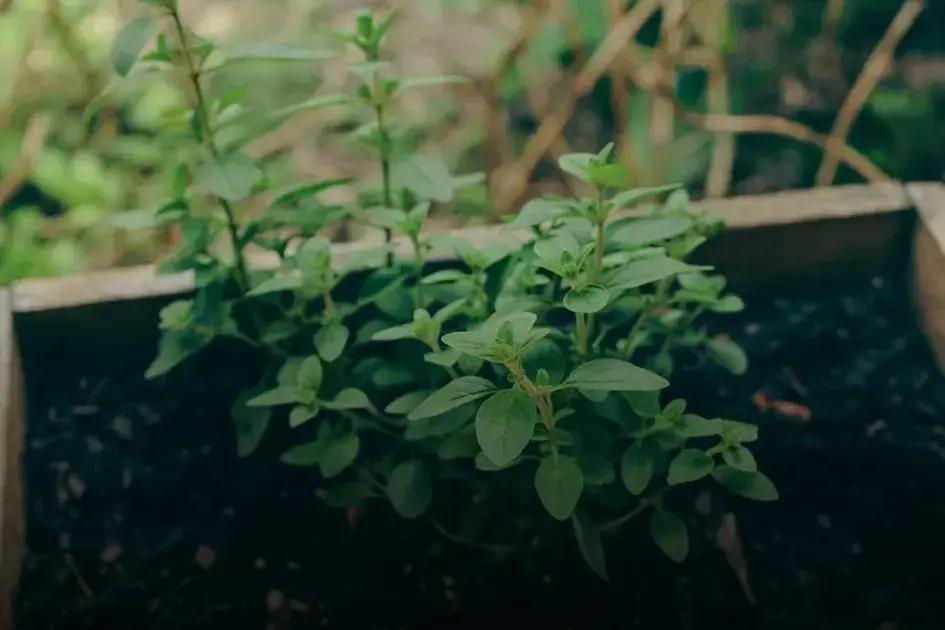
One of the most common mistakes beginners make in gardening is overlooking the importance of proper soil preparation. This can lead to a host of issues like poor plant growth and an increased susceptibility to disease.
Quality soil is the foundation of a thriving garden. It ensures that the roots can delve deep and access the nutrients they need. To properly prepare your soil, start by testing the pH levels to determine what adjustments might be necessary. Amending your soil with organic matter such as compost can enhance both its structure and fertility.
Compacted soil can hinder root growth, so it’s crucial to loosen it before planting. Using tools such as a spade or tiller can help aerate the soil allowing for better water and air penetration.
Incorporating mulch also aids in maintaining soil moisture and can prevent the growth of weeds. Mulch acts as a protective barrier, keeping the soil temperature constant. Choose an organic mulch that will decompose over time and contribute further nutrients to the soil.
Don’t forget to rotate your crops if you plant annually. This prevents the depletion of specific nutrients and reduces the buildup of pests and diseases that target specific plants.
Watering: How Much Is Too Much?
Watering your plants is a crucial part of gardening, but it’s easy to overdo it. It’s important to understand how much water your plants really need to avoid common gardening mistakes. Excessive watering can lead to root rot and nutrient leaching, depriving your plants of the vital elements they require to thrive.
Begin by observing the moisture levels in the soil. A good practice is to check the soil about an inch below the surface; it should be moist, not soggy. When watering, ensure water reaches the roots by watering deeply but infrequently. This encourages roots to grow deeper, making plants more drought-resistant and robust.
Different Plants, Different Needs
Not all plants require the same amount of water. For instance, succulents and cacti need much less water than vegetables or flowering plants. Understanding the specific needs of your plants can help cater to their watering requirements more precisely. Additionally, factors like plant type, soil composition, and exposure to sunlight and wind can significantly impact water requirements.
Time your watering sessions smartly. Early morning watering reduces evaporation and fungal diseases. Avoid watering at night as prolonged moisture can invite pests and diseases. Aim to water at the base of the plant instead of wetting the foliage, reducing the risk of mildew and other fungal growths.
Choosing the Right Plants for Your Space
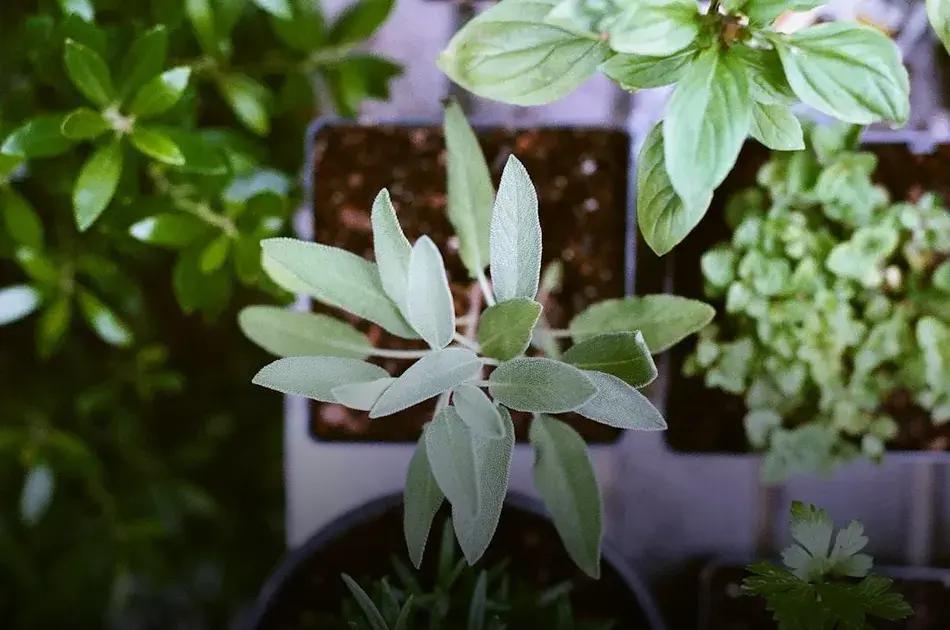
When choosing the right plants for your space, there’s more to consider than just what catches your eye. A common mistake beginners make is selecting plants based purely on aesthetics without accounting for their unique environmental requirements. The first step is evaluating your space’s sun exposure. Observe how much sunlight your garden receives throughout the day. Spaces that are sunny for more than 6 hours are ideal for sun-loving plants like tomatoes and lavender, whereas shadier spots might be better suited for ferns or hostas.
Another key factor is the space’s size and layout. Overcrowding can hinder plant growth and reduce air circulation, leading to disease. Consider mature plant sizes to ensure you’re not planting saplings too close together. Always account for growth potential when planning your layout.
Remember, plants thrive in the right conditions. Investigate plant labels for requirements and match them to what your space offers. This includes not just light but also the soil type and drainage characteristics. Some plants prefer well-drained sandy soils, while others do well in more clay-like conditions. Modify your plant choices according to the soil quality available.
Finally, think about your climatic zone. Utilize the USDA Plant Hardiness Zone map to understand what plants are naturally suited to your local climate. Choose native species that are adapted to your region’s temperature swings and precipitation patterns. Doing so will minimize the need for excessive watering and special care, reducing maintenance struggles for gardeners. Avoid the trap of exotic plants unless you’re prepared for extra work to support them.
The Role of Consistent Care and Maintenance
Consistent care and maintenance play a crucial role in achieving a thriving garden. Without regular attention, plants can quickly become overgrown, susceptible to pests, or fail to deliver the abundance you desire. Regular pruning is essential, as it helps to keep plants in shape and encourages growth in essential areas. Dead or diseased plant material should be removed promptly to maintain plant health and prevent the spread of disease.
Weeds compete with your plants for nutrients, light, and water. A consistent weeding routine helps ensure your plants are not hindered by these unwanted invaders. Mulching is another effective maintenance strategy, acting as a barrier to weeds while also helping retain soil moisture and improve soil quality.
Regularly check for signs of pests and diseases. Pay attention to unusual spots or holes in leaves, and take steps to control infestations early. Integrated pest management strategies can help manage pest populations with minimal impact on the environment.
Finally, feeding your plants with appropriate fertilizers supports their growth. Be consistent but also mindful of the type and quantity needed based on the specific plant requirements and seasons. Over-fertilizing can lead to burnt roots or excess foliage at the expense of blooms or fruit.

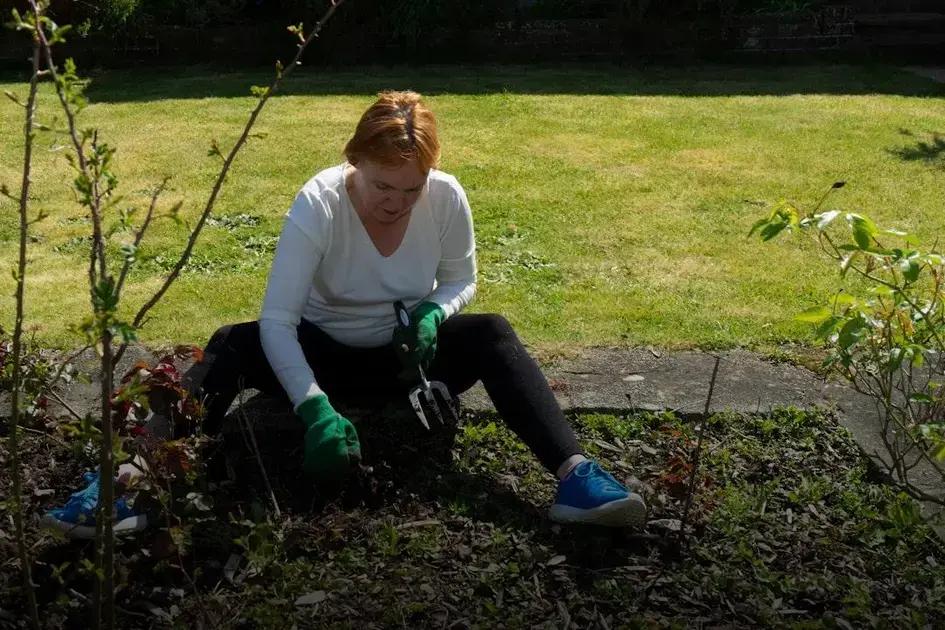
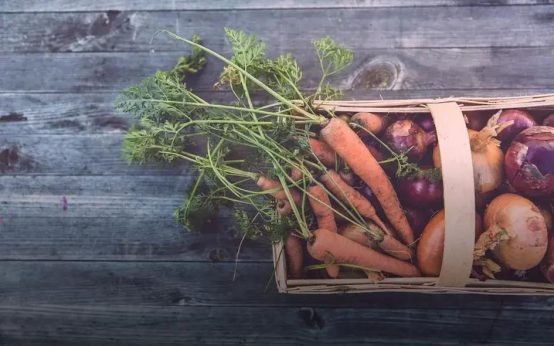 Planting Bulbs: When and How to Maximize Blooms
Planting Bulbs: When and How to Maximize Blooms  How to Grow Beautiful Roses at Home: Expert Tips
How to Grow Beautiful Roses at Home: Expert Tips 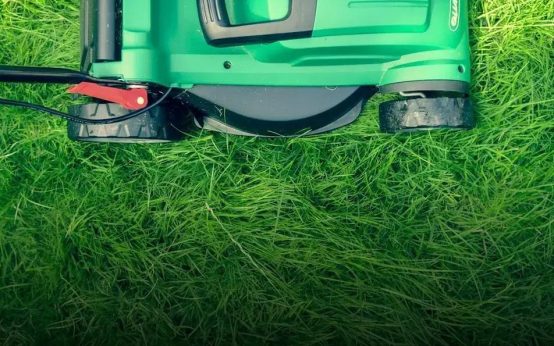 Best Flowers for a Colorful Backyard Garden: Top Picks
Best Flowers for a Colorful Backyard Garden: Top Picks